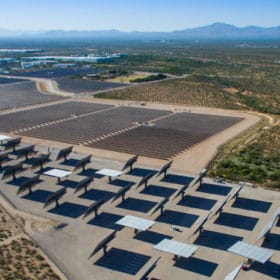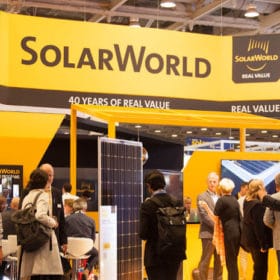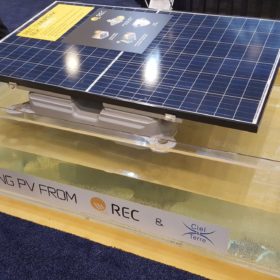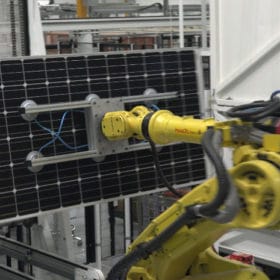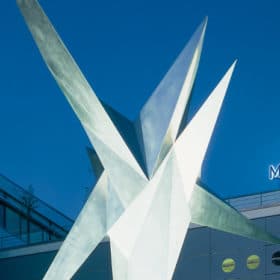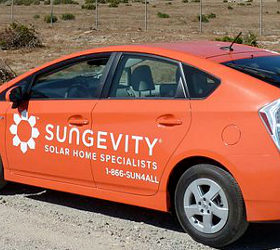E.ON begins construction on 10 MW battery storage project in Arizona
The Iron Horse is the first energy storage project for E.ON North America, and accompanies a 2 MW PV system.
Shipments up, revenue down in preliminary SolarWorld Q3 results as module price slump bites
Having warned it will miss its 2016 forecast, German solar firm SolarWorld publishes flat preliminary third quarter results that reveal slight fall in revenue. Shipments did grow Y-O-Y by 5%.
D.E. Shaw proposes to take over as TerraForm sponsor
The renewable energy investor says that the taking TerraForm off SunEdison’s hands could allow the company to recover.
SMA lowers financial forecast for 2016
The world’s largest inverter maker, SMA Solar Technology, has been forced to reduce its financial outlook for 2016. This follows SolarWorld making a similar announcement.
SolarWorld to miss 2016 forecasts
The German PV manufacturer announced that although it is set to achieve its shipment forecast for 2016, it is unlikely to meet its revenue and operating income forecasts for the year, and has already begun to point the finger at Chinese companies.
Sonnen receives further $85 million investment
The German company announced that it has secured USD 85 million in growth capital, some of which came from two new partners, which will help the company consolidate its healthy position further in the booming energy storage market.
REC achieves +20% efficiency for mass production of multicrystalline solar cells
The Norwegian solar developer has developed a formula to mass-produce its multicrystalline cells at average efficiencies of 20.21%, becoming the first known manufacturer to achieve such numbers.
Why plummeting panel prices could mean industry instability
The U.S. market watched the prequel to this current panel price-slide in 2011 — and the question is why the sequel is happening again so soon.
M+W Energy appoints new president
Germany’s M+W Group today announced the appointment of Jim Brown as president of M+W Energy, based in Springfield, New Jersey, replacing Jerry Shinn.
Sungevity enters partnership with leading Belgian solar firm
The U.S. distributed solar installer has partnered with Belgium’s Electrabel to begin installing rooftop solar panels across the country.
